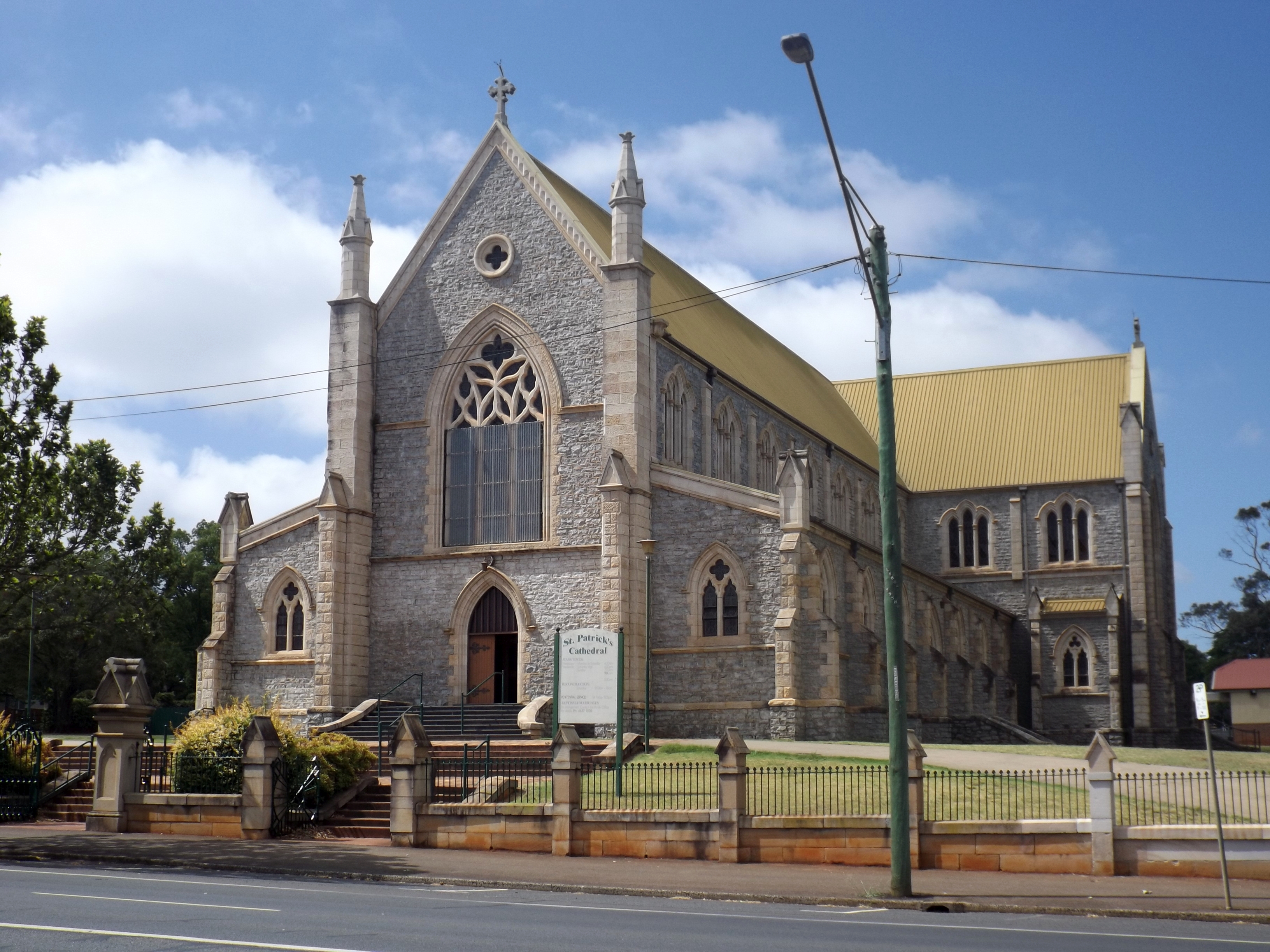|
Cottage (68 Stephen Street)
68 Stephen Street is a heritage-listed cottage in South Toowoomba, Queensland, Australia. It is one of the earliest surviving dwellings in Toowoomba, the land having been part of one of the first subdivisions when the town was developed. It was built by the mid-1860s for Charles Taylor, who was described in his will as a "well-sinker", and was constructed using laterite, an uncommon material in Toowoomba buildings. The building was originally recorded as being a single-storey four-room stone cottage. The original calico ceilings were lined in the 1910s and the exterior of the cottage was rendered at about this time. A new bathroom, and kitchen/dining area appears to have been added to the rear of the cottage during the 1920s. A toilet and laundry block has also been added at the rear of the cottage. It was added to the Queensland Heritage Register on 20 February 1995. History Records indicate that this single-storeyed stone cottage was erected by the mid-1860s, replacing an ... [...More Info...] [...Related Items...] OR: [Wikipedia] [Google] [Baidu] |
South Toowoomba, Queensland
South Toowoomba is an urban locality in Toowoomba in the Toowoomba Region, Queensland, Australia. In the , South Toowoomba had a population of 5,224 people. Geography South Toowoomba is located immediately south of the Toowoomba city centre. History Giabal is an Australian Aboriginal language. The Giabal (Paiamba, Gomaingguru) language region includes the landscape within the local government boundaries of the Toowoomba Regional Council, particularly Toowoomba south to Allora and west to Millmerran. St Patrick's Catholic Primary School opened in 1863 at St Patrick's Catholic Church with lay teachers but from 1873 was operated by the Sisters of Mercy. St Patrick's Secondary School for Girls opened in 1914 and was renamed The Cathedral School in 1938. In 1959 the two schools were renamed St Saviour's Primary School and St Saviour's Secondary School. Subsequently the secondary school was renamed St Saviour's College. From 1989 the secondary school came under lay administration. I ... [...More Info...] [...Related Items...] OR: [Wikipedia] [Google] [Baidu] |
Terrazzo
Terrazzo is a composite material, poured in place or precast, which is used for floor and wall treatments. It consists of chips of marble, quartz, granite, glass, or other suitable material, poured with a cementitious binder (for chemical binding), polymeric (for physical binding), or a combination of both. Metal strips often divide sections, or changes in color or material in a pattern. Additional chips may be sprinkled atop the mix before it sets. After it is cured it is ground and polished smooth or otherwise finished to produce a uniformly textured surface. "Terrazzo" is also often used to describe any pattern similar to the original terrazzo floors. History Terrazzo proper Although the history of terrazzo can be traced back to the ancient mosaics of Egypt, its more recent predecessors come from Italy. The form of terrazzo used today derives partly from the 18th century ''pavimento alla Veneziana'' ( Venetian pavement) and the cheaper ''seminato.'' ''Pavimento alla Venezi ... [...More Info...] [...Related Items...] OR: [Wikipedia] [Google] [Baidu] |
Baseboard
In architecture, a baseboard (also called skirting board, skirting, wainscoting, mopboard, trim, floor molding, or base molding) is usually wooden or vinyl board covering the lowest part of an interior wall. Its purpose is to cover the joint between the wall surface and the floor. It covers the uneven edge of flooring next to the wall; protects the wall from kicks, abrasion, and furniture; and can serve as a decorative molding. At its simplest, baseboard consists of a simple plank nailed, screwed or glued to the wall; however, particularly in older houses, it can be made up of a number of moldings for decoration. A baseboard differs from a wainscot; a wainscot typically covers from the floor to around 1-1.5 m high (waist or chest height), whereas a baseboard is typically under 0.2 m high (ankle height). Plastic baseboard comes in various plastic compounds, the most common of which is UPVC. It is usually available in white or a flexible version in several colors a ... [...More Info...] [...Related Items...] OR: [Wikipedia] [Google] [Baidu] |


